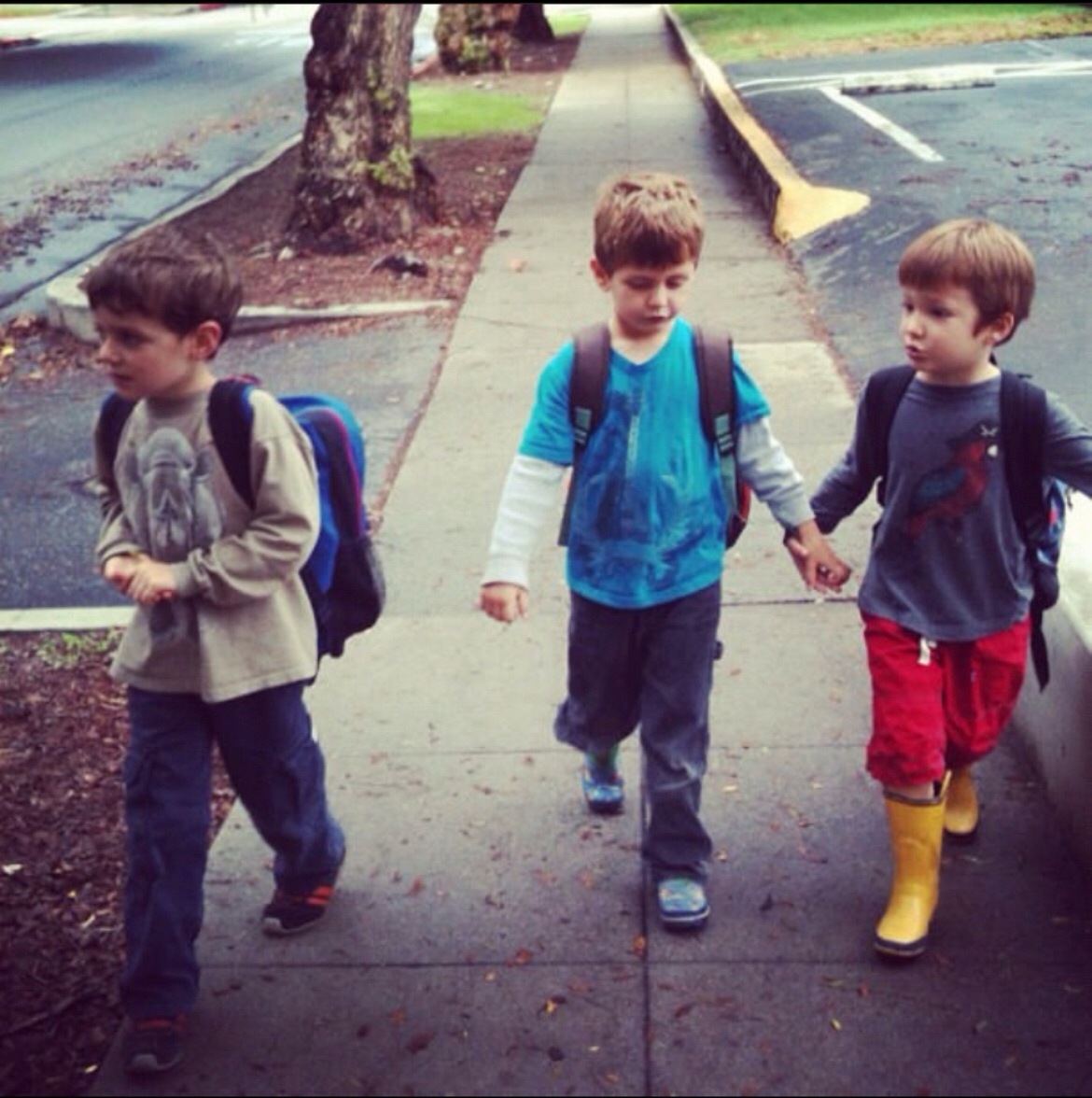Walk into any retail store during this season and you will walk into a “Winter Wonderland.” Red and green festoon the shelves and the Christmas music is blaring. Just last month, purple and orange were the colors of the season and temporary Spirit Halloween stores showed up in vacant strip malls across the nation. Every year, people consume more materials. This consumption gives an enormous boost to the economy and keeps many small businesses running. From 2021 to 2023, there was a 15% increase in spending on items during the holiday season. While this spending keeps the US economy strong, what is the long term impact around the globe?
To contribute to the already massive carbon footprint caused by food waste (170 million metric tons of carbon dioxide a year), approximately 200 million pounds of turkey are thrown in landfills annually rather than consumed during celebrations. The Thanksgiving holiday produces an estimated 799,000 metric tons of carbon dioxide for just a single day of celebration. However, these unfortunate statistics do not even compare to the waste produced during the Christmas season itself. Wrapping paper covered in holiday joy, glitter, and metallics, as well as many unwanted greeting cards and festive ribbons, are usually unrecyclable. These forms of overconsumption are overflowing Earth’s landfills, as 2.3 million pounds of wrapping paper, 38,000 miles of ribbon, and 2.6 billion holiday cards will all soon become forgotten waste within our environment.
Additionally, these are just the smaller unsustainable aspects that go into one of the most popular holidays in the world. New annual Christmas decor themes and artificial Christmas trees have a major contribution to the destruction of the planet. Around 12,500 tons of Christmas decorations annually end up in landfills, and—to put that amount of waste in perspective, equivalent in weight to 81 adult blue whales. Artificial Christmas trees, however, produce more than just waste, as great amounts of carbon dioxide are additionally released from their production, making it more ethical to purchase real trees from local sustainable farms.
The unsustainable aspects of the holiday seasons contribute to the everyday crisis of climate change. Climate change increases extreme weather events such as heatwaves, storms, and floods, disrupting many daily lives and damaging civilian homes and animal ecosystems. These unpredictable weather patterns also have the ability to harm the production of food, resulting in groceries becoming more expensive and less reliable. Additionally, deforestation, pollution, and loss of biodiversity are consequences of overconsumption from festivities, since they lead to resource depletion. Essentials like clean water, fertile soil, and natural habitats are used up faster than they can be replenished. However, all this can be reduced and avoided with a few simple sustainable solutions. Before buying new, think about what can be reused, what has not been used, or what can be ethically purchased. Before holiday meals, find leftover food in the fridge and other unused ingredients. Upcycle tissue paper, newspapers, or even fabrics to wrap gifts, and instead of buying new, give gifts sourced from antique shops and thrift stores—even Facebook Marketplace.
Despite all of the attractions of bright lights and holiday music, resist the lure of capitalism and overconsumption. Think before buying, make thoughtful choices, and work to create a better society—the green (and red) utopia of the future.















